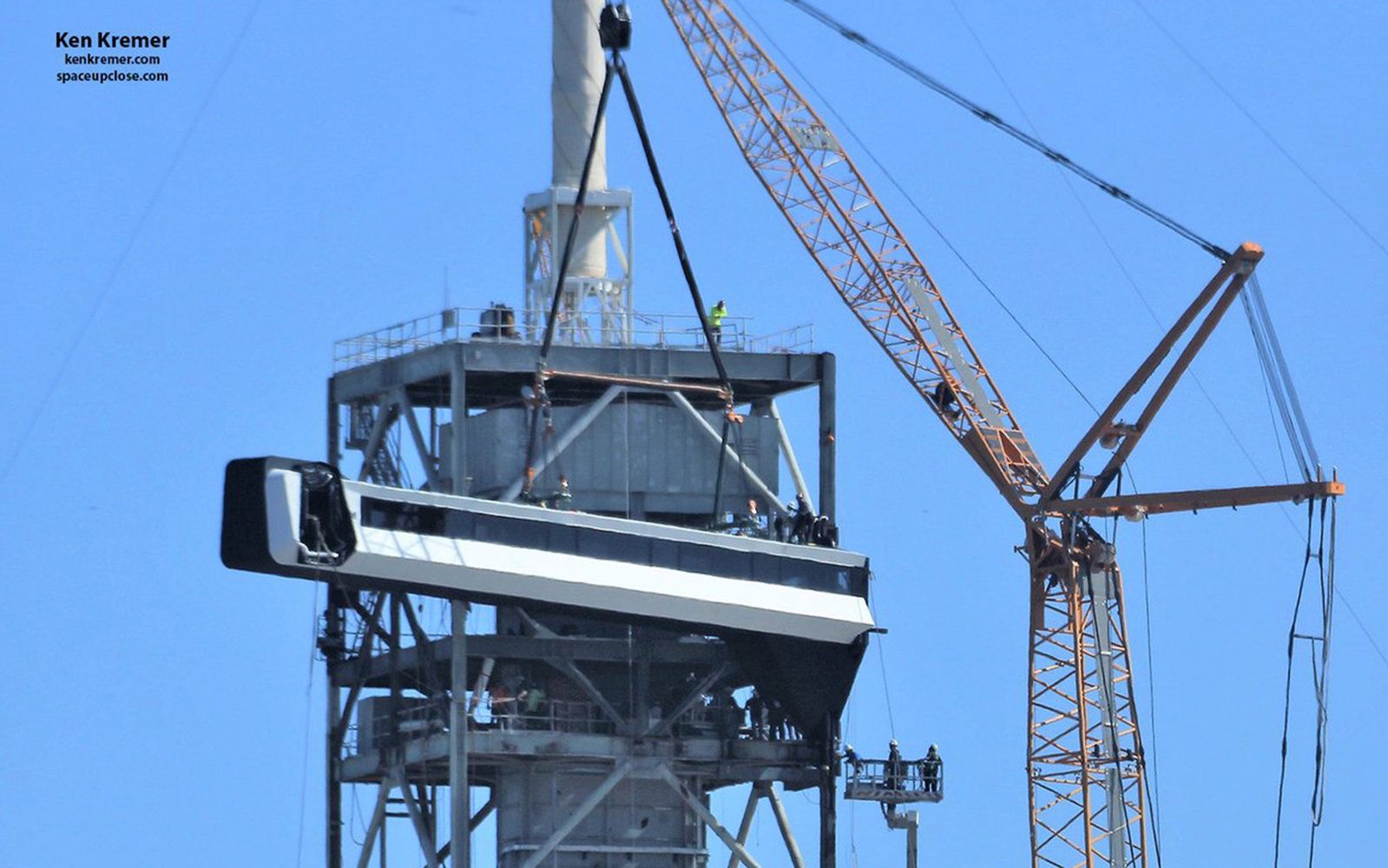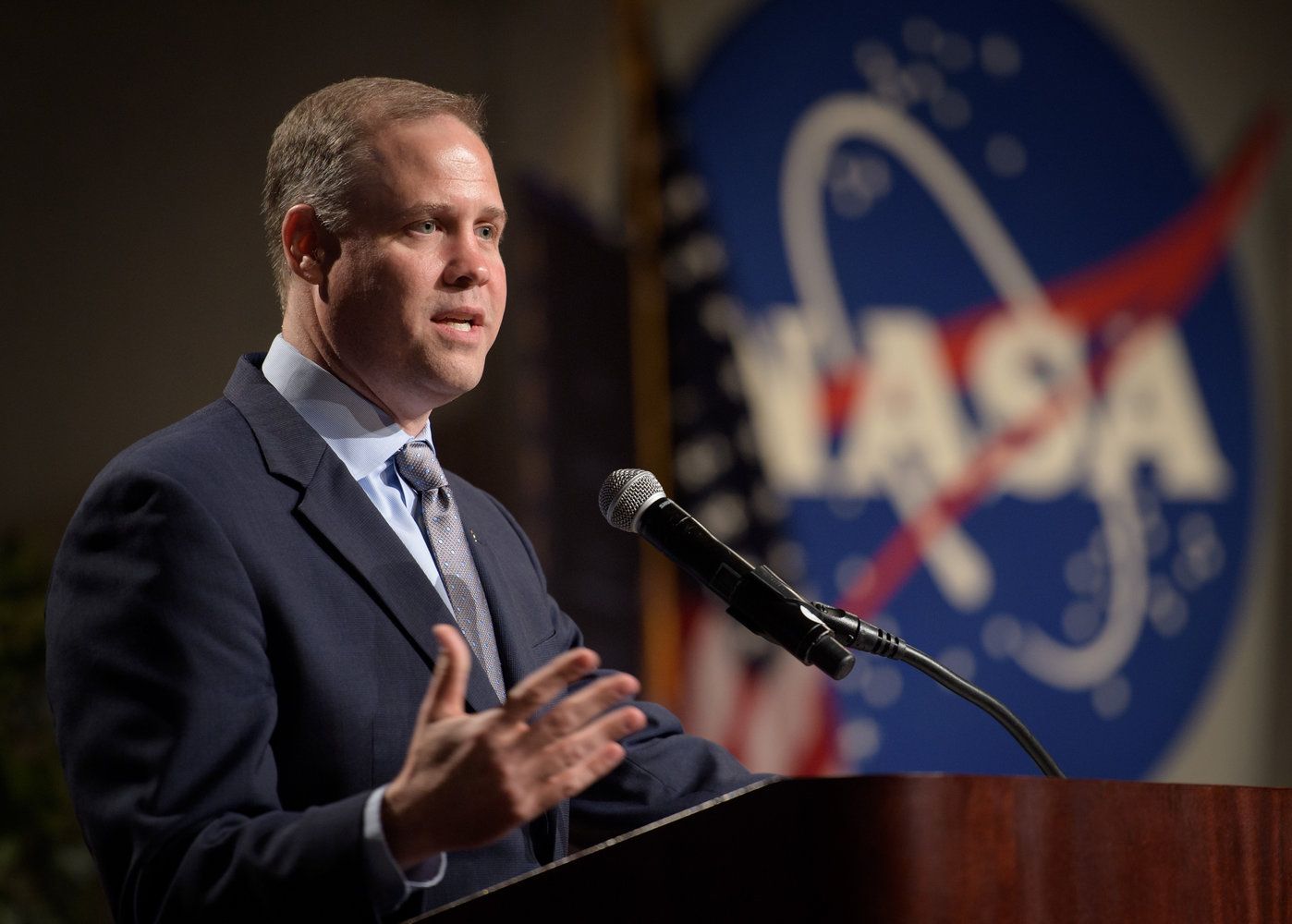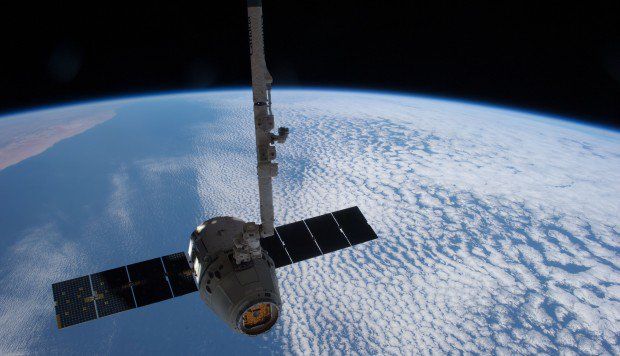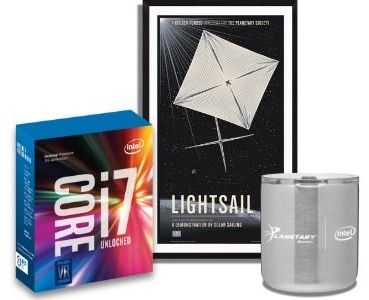The habitat is designed to form one module of NASA’s proposed Deep Space Gateway, a miniature space station that would orbit the moon and serve as a way station for lunar missions or journeys deeper into the cosmos.
Lockheed’s prototype is the refurbished Donatello cargo container that was originally designed to fit inside the space shuttle’s cargo bay and ferry supplies to and from the ISS. Donatello never flew in space, but its two sister modules made several trips aboard the shuttle. One, dubbed Leonardo, is now a permanent “space closet” attached to the space station.
Lockheed is one of six companies awarded a combined $65-million contract from NASA to design a deep-space habitat as part of the agency’s Next Space Technologies for Exploration Partnerships (NextSTEP) program, which aims to foster commercial developments for space exploration.






